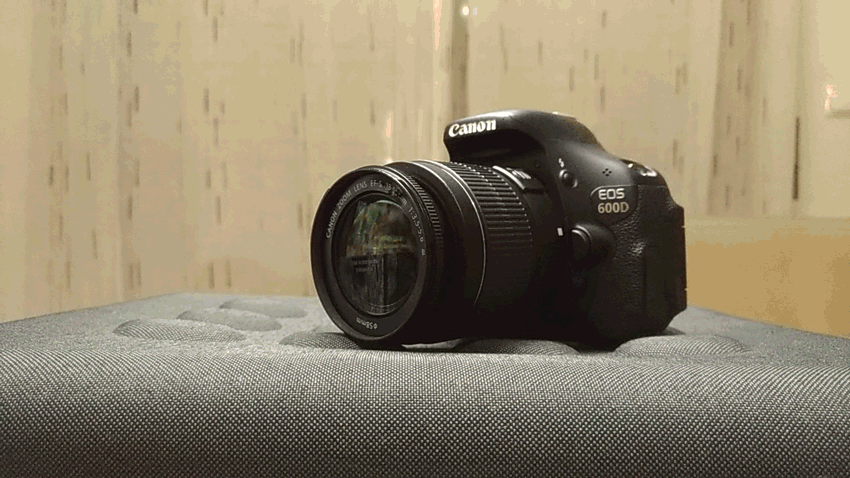
Hi there everybody :)
The images from this macro photography session reveal a small stone, simple at first glance, but full of subtleties upon closer inspection. The blurred, diffuse background, in sepia and smoky tones, creates a soft, warm environment that contrasts delicately with the dark hue of the piece, giving it prominence and visual depth.
The stone's surface has a rough, irregular texture, marked by small variations that capture the light differently, highlighting its natural relief. The dominant color is black, dense and opaque, accentuating the object's solid, organic character. Two thin, filament-like lines discreetly crisscross the surface, introducing a subtle graphic element and adding visual interest to the composition.
Overall, the photograph conveys a sense of stillness and attentive observation, an exercise in focus and simplicity, where macro photography transforms a banal fragment into a precise study of texture, form, and contrast.
Technical Description of Macro Photography Session
Camera Settings
Focus Mode: Manual focus to ensure precision in specific details of structure.
Aperture: Variable aperture between f/4 and f/5 for adequate depth of field, ensuring all important details are in focus.
ISO: Low ISO setting (400) to minimize noise in images.
Shutter Speed: Adjust shutter speed as needed to avoid underexposure, while maintaining a value that allows you to capture sharp details.


Among the numerous techniques available for macro photography, this method is arguably the most cost-effective and efficient for individuals possessing a camera with a removable lens. By simply detaching the lens and reversing its direction, and employing an inversion ring, the process becomes more manageable and streamlined.
Let me share the visual result of this session:











Procedures
- Environment Preparation:
Assembling the macro photography set in a controlled environment, minimizing the presence of dust and ensuring a clean and white surface for positioning the subject. - Section Positioning:
Placing the subject in position that highlight the unique characteristics, using appropriate supports to keep the example stable. - Lighting Adjustment:
Setting the LED lights to provide uniform illumination, adjusting the intensity and angle of the lights to eliminate unwanted shadows. - Image Capture:
Taking multiple shots with variations in aperture settings, shutter speed and capture angle, exploring different perspectives and compositions. - Image Review:
Immediate analysis of images captured on the camera's viewfinder to ensure that all desired details were captured sharply and clearly. - Post-Production Editing:
Importing images into editing software (Adobe Photoshop CS) to adjust brightness, contrast, sharpness and remove any imperfections.
To finish, i leave you with some considerations regarding these photo sessions:
Exploring small-scale subjects through macro photography opens a fascinating realm where the tiniest details take on remarkable significance. By delving into the fine structures of these miniature forms, one begins to uncover a kind of beauty that often escapes casual observation. Each photograph becomes a record of a transient instant, revealing the intricate complexity concealed within nature’s smallest elements. What defines macro photography is precisely this capacity to transform the ordinary into the extraordinary, presenting an intimate perspective that both engages and captivates the viewer.
The session is closed for today.
Hope you like it :)

These photos weren't taken with a tripod
Camera - Canon EOS 600D
Lens - EFS 18-55mm
Location - Portugal


See you soon
Thank you for watching
Never forget
The price of anything is the amount of life you trade for it.
Time is life... value yours, make every fraction worth it.
So cool. It kinda looks like a dog’s nose :D
😄😄 Indeed.
Thank you for stopping by :)